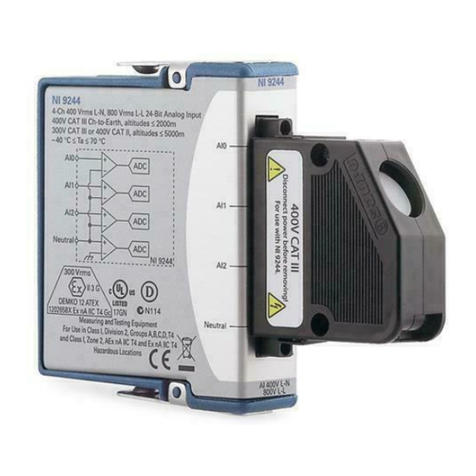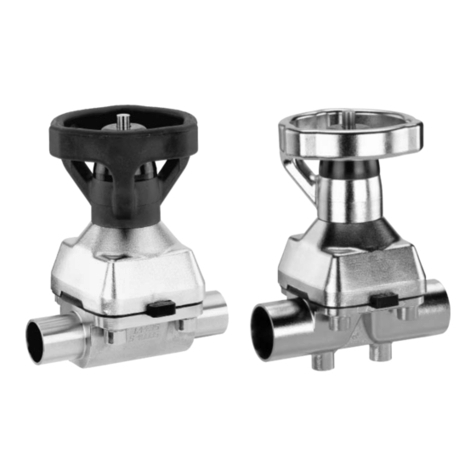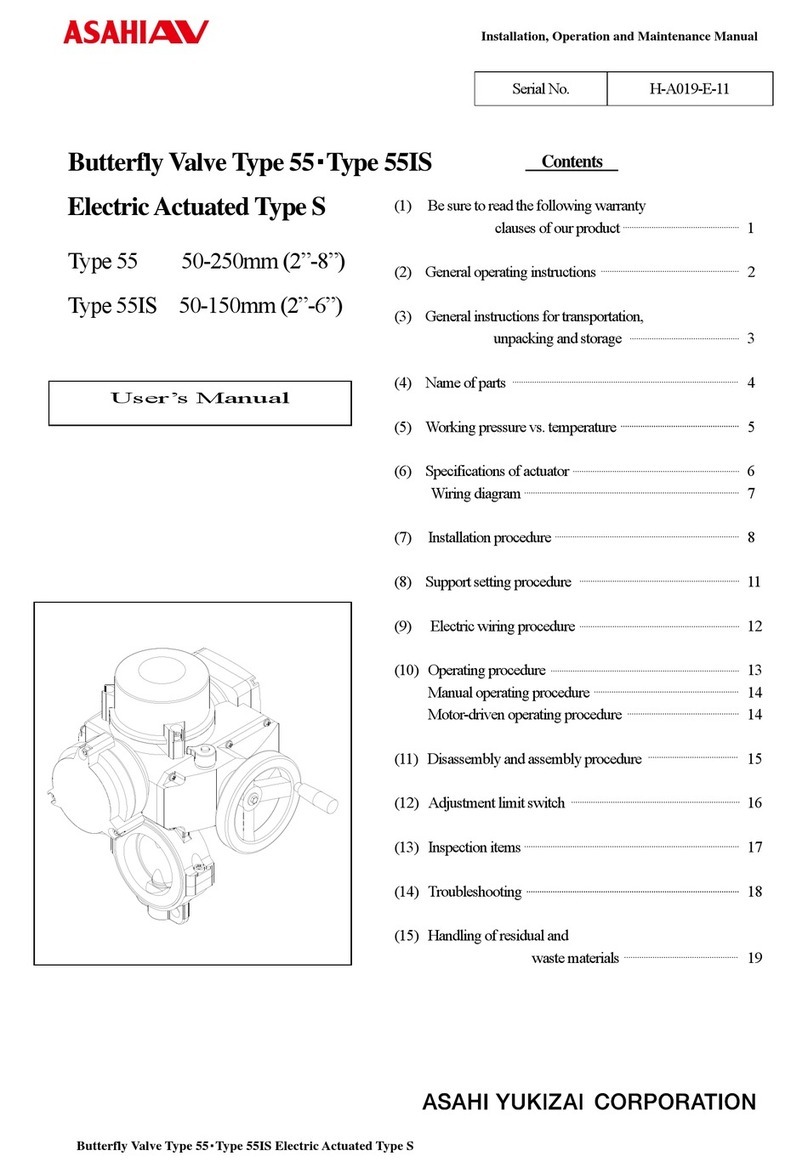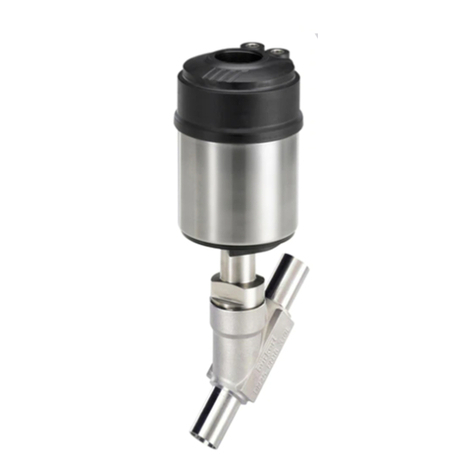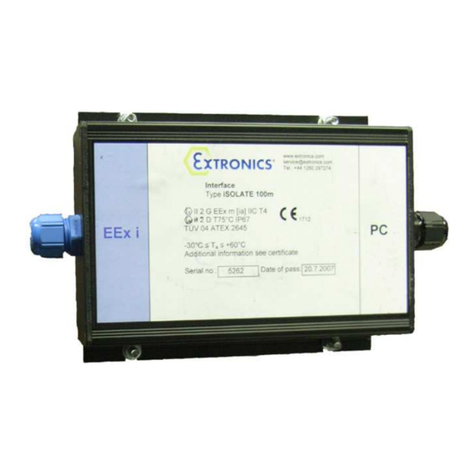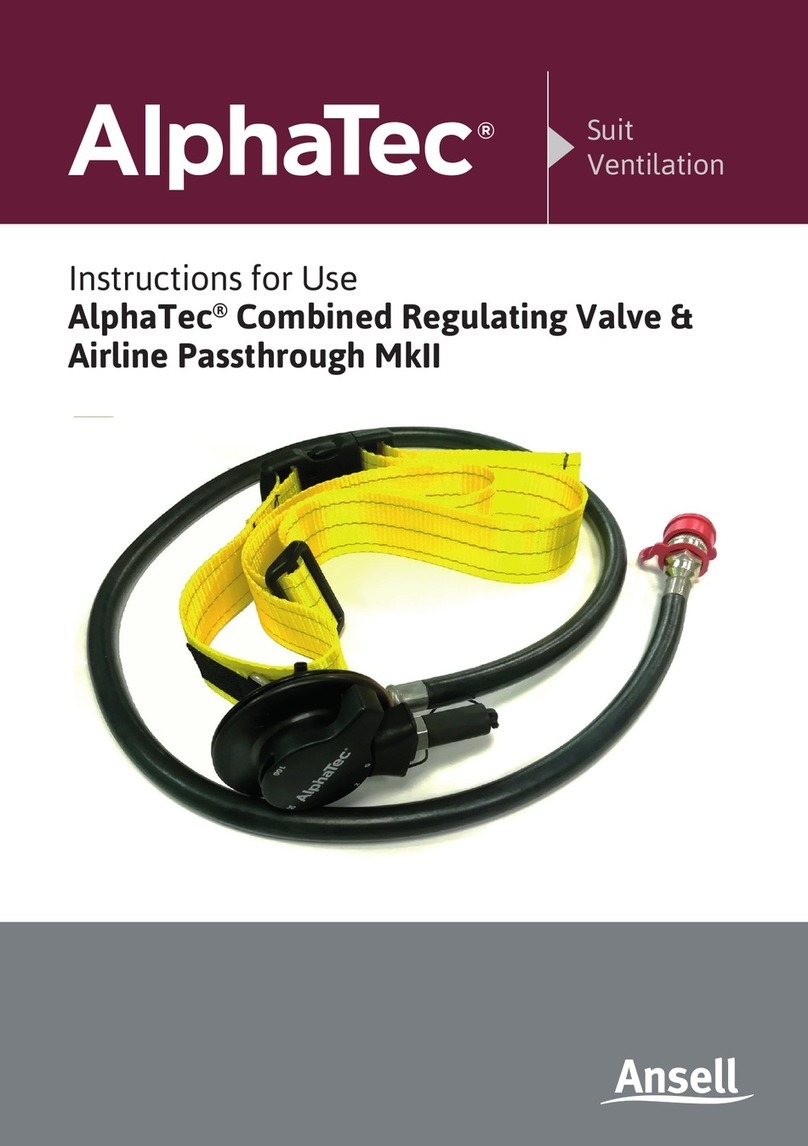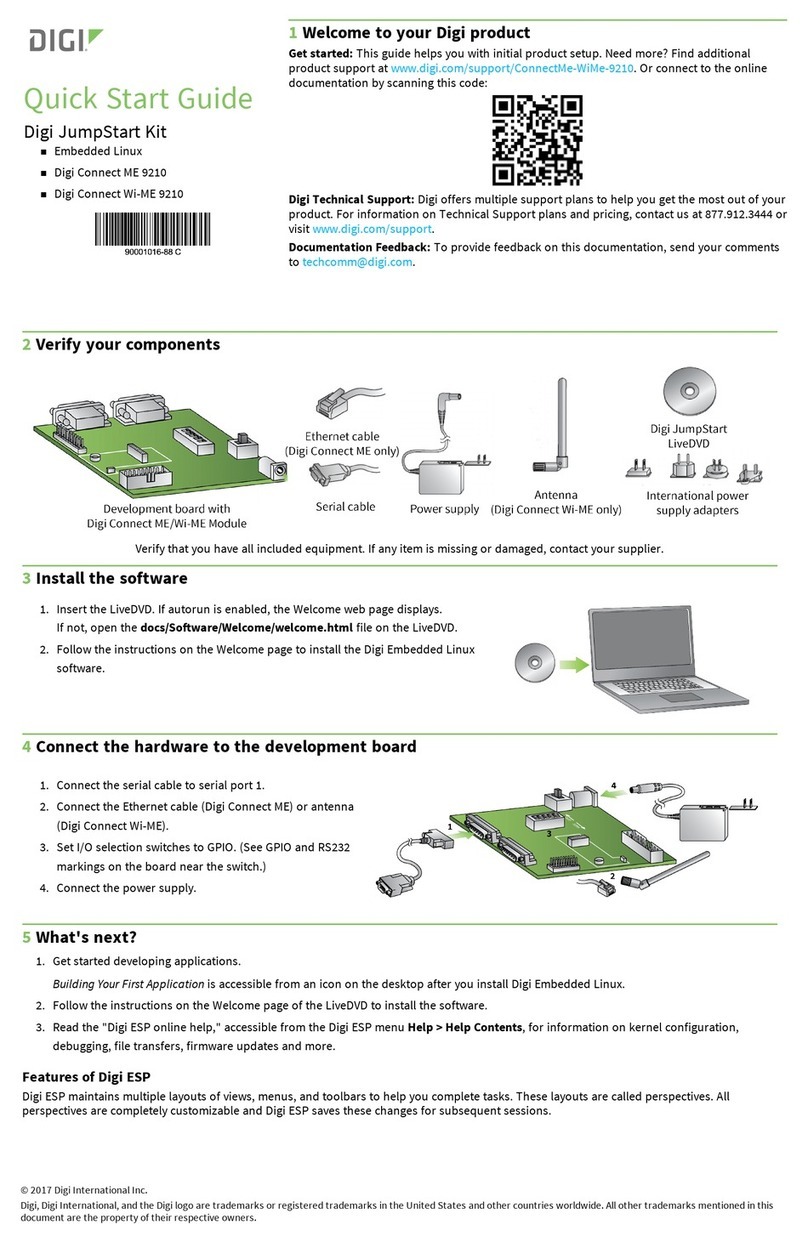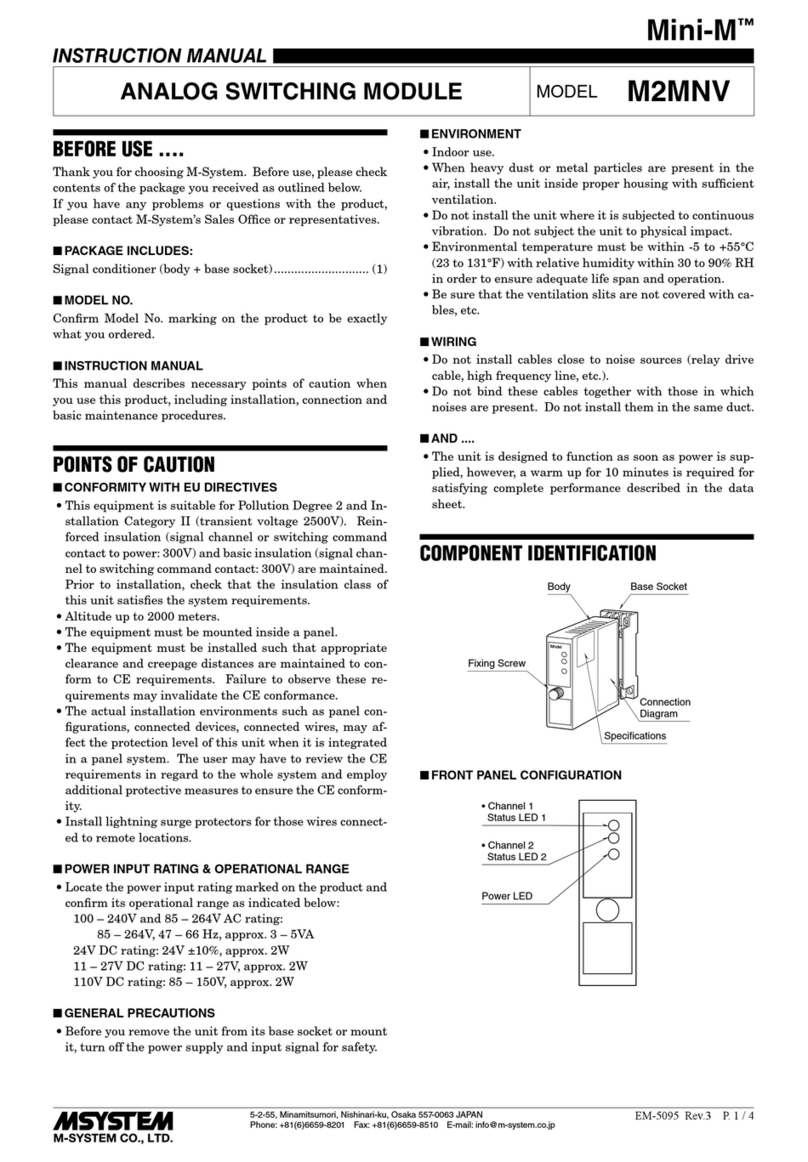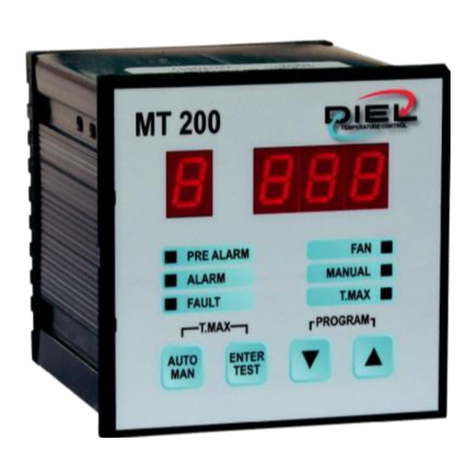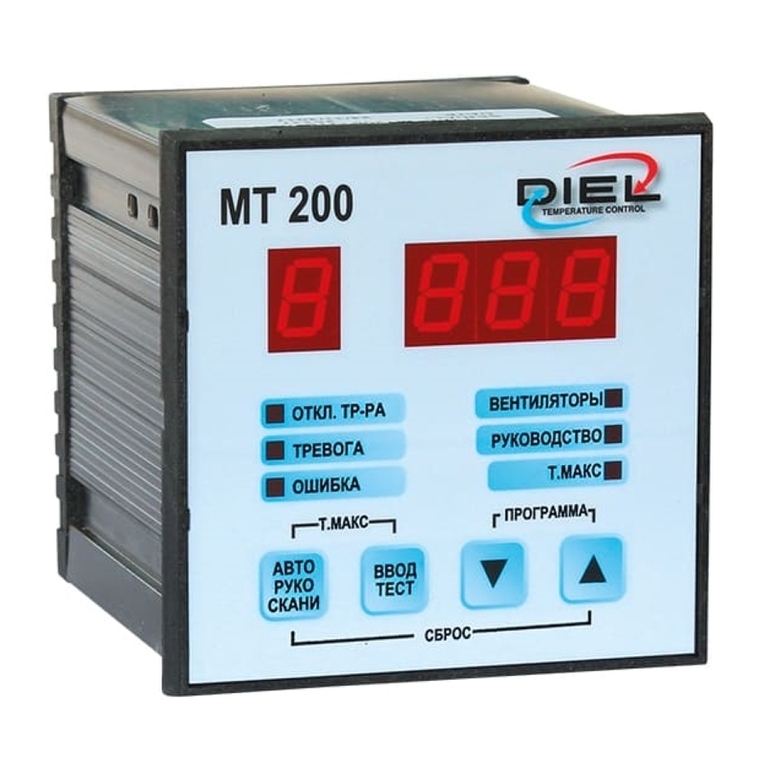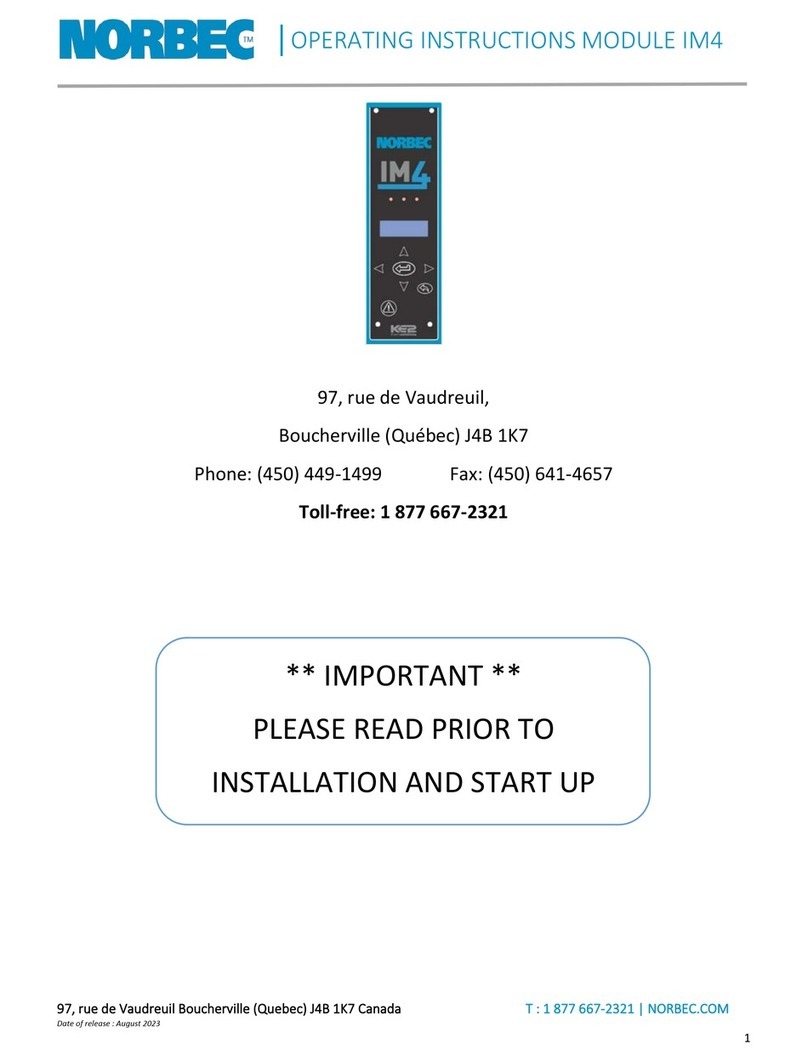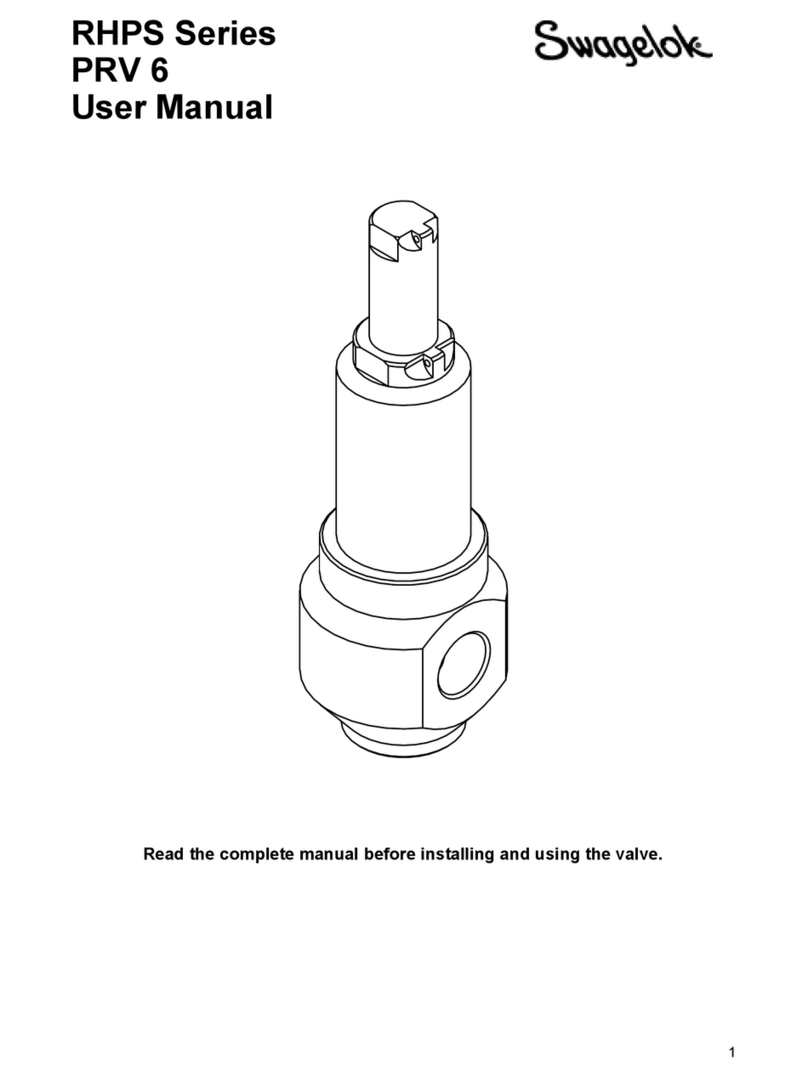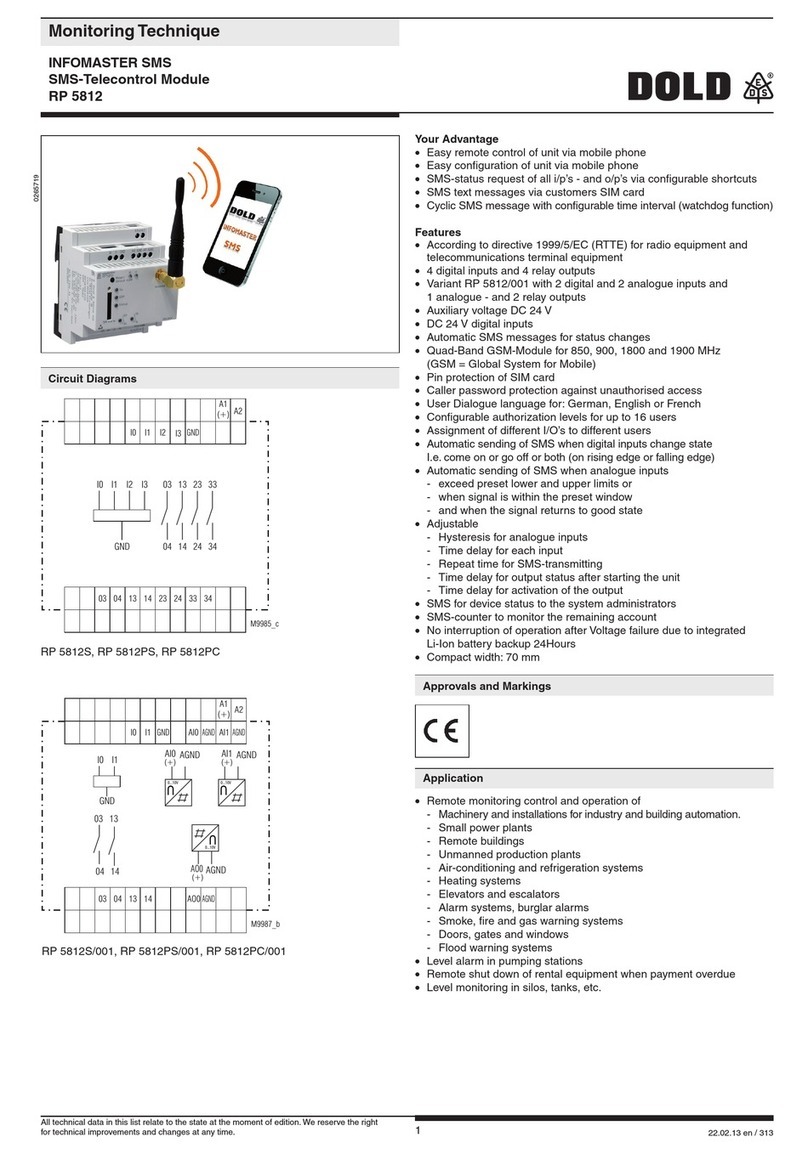
(dati ed indirizzo corretti) e la successiva trasmissione da parte del
dispositivo, questo per permettere al sistema di supervisione di
predisporsi per la ricezione.
Il ritardo di default è 25 centesimi di secondo.
Inne viene richiesto il parametro U che rappresenta l’indirizzo che
individua univocamente il dispositivo nella rete; il valore di default
per l’indirizzo è zero, risulta pertanto sconsigliabile utilizzare tale
indirizzo come indirizzo valido sulla rete al ne di evitare conitti
con altri dispositivi eventualmente presenti e non ancora congurati.
Congurazione di default:
F=0, P=140, A=160, L=90, H=100, t=0, d=25, S=9, U=0
Per motivi di sicurezza viene in ogni caso controllato il tempo
necessario per la programmazione. Oltre un minuto dall’inizio della
fase di programmazione, la stessa viene interrotta e non salvata
(restano attivi pertanto i parametri precedentemente presenti in
memoria). Alla ne della programmazione, vengono salvati i nuovi
dati in memoria, viene effettuato un test dei display, la centralina si
porta quindi in modalità di visualizzazione automatica.
VISUALIZZAZIONE DATI
Contestualmente alla modalità di funzionamento Fsi possono
visualizzare tutti i parametri di interesse mediante i tasti UP e
DOWN. Per visualizzare costantemente un dato oppure la lettura
di un canale, posizionarsi sullo stesso e premere il tasto AUTO/
MANUAL, il LED MANUAL si accenderà segnalando lo stato di
funzionamento manuale. Per ritornare a visualizzare il canale più
caldo in automatico premere nuovamente il tasto AUTO/MANUAL.
Per accedere alla visualizzazione dei massimi valori storici registrati
premere contemporaneamente ed a lungo i tasti AUTO/MANUAL e
ENTER/TEST, il LED PROG-TMAX segnalerà l’ingresso nel relativo
menù. Sempre utilizzando i tasti UP e DOWN si potranno vedere
i massimi relativi ai canali attivi. Per ritornare alla visualizzazione
normale premere AUTO/MANUAL. La memorizzazione dei
massimi viene cancellata ogni volta che si effettua una nuova
programmazione della centralina.
8
ITALIANO























